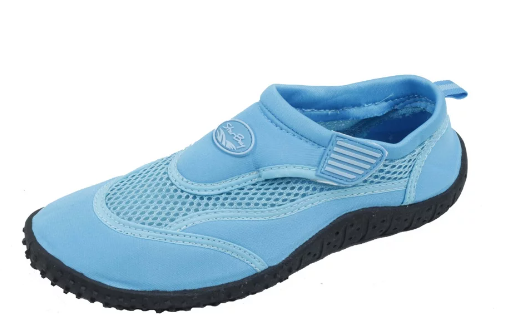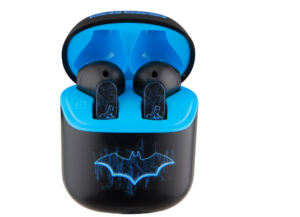Water Shoes: Merging Functionality with Fashion for Wet Environments

Water sports, beach vacations, and riverside hikes have one thing in common: the need for appropriate footwear. Enter water shoes—a blend of style, comfort, and functionality designed specifically for wet environments. Whether you’re kayaking, beachcombing, or simply caught in a downpour, water shoes are the unsung heroes that protect your feet. In this comprehensive guide, we’ll dive deep into the world of water shoes, exploring their benefits, varieties, and tips for choosing the perfect pair.
Also Read:- The Ultimate Shoebox: Exploring the World of Footwear from Reverse Shoes to Baby’s First Steps
Why Water Shoes?
At first glance, water shoes might seem like a niche product. However, their versatility and design make them essential for various activities:
- Protection: Sharp rocks, slippery surfaces, and hidden underwater objects can pose risks. Water shoes provide a protective barrier, preventing cuts, abrasions, and ensuring better grip.
- Comfort: Unlike regular shoes, which can become heavy and uncomfortable when wet, water shoes are designed to be submerged. They offer cushioning, support, and quick-drying materials for optimal comfort.
- Hygiene: Public pools, beaches, and water parks can be breeding grounds for bacteria. Water shoes reduce direct contact, offering a hygienic layer of protection.
Types of Water Shoes
- Aqua Socks: Lightweight and flexible, these are perfect for swimming and casual beach activities. They fit like socks and often have a thin, protective sole.
- Sandals & Open-toed: These offer more breathability and are ideal for activities where you might transition between wet and dry areas frequently, like canoeing or beach volleyball.
- Closed-toed: Resembling regular sneakers but built for water, these are great for rigorous activities like water hiking or white-water rafting.
- Slip-on: These are easy to put on and take off, suitable for poolside lounging or casual beach walks.
Choosing the Perfect Pair
When selecting water shoes, consider the following:
- Activity Purpose: A rigorous activity like kayaking requires more foot protection and grip than a day at the beach.
- Material: Quick-drying materials like mesh or neoprene ensure comfort. Look for anti-microbial treatments to prevent odor.
- Sole: A thick, rugged sole is essential for rocky terrains, while a flexible, thin sole might be sufficient for swimming.
- Fit: A snug fit ensures the shoe stays on, especially in strong currents or when swimming.
- Style: With a range of designs available, you can choose a pair that aligns with your fashion preferences.
Care and Maintenance
To maximize the lifespan of your water shoes:
- Rinse After Use: Saltwater, chlorine, and dirt can degrade the material. Always rinse your shoes with fresh water after use.
- Air Dry: Allow them to dry in a shaded, well-ventilated area. Avoid direct sunlight, which can weaken the material.
- Storage: Store in a cool, dry place. If packing them, ensure they’re completely dry to prevent mold.
Conclusion
Water shoes, while often overlooked, are a game-changer for aquatic adventures. They offer a blend of protection, comfort, and style, ensuring that your feet remain safe and snug, whether you’re exploring coral reefs or navigating rocky riverbeds. As with any footwear, the key is to choose based on your activity, ensuring a balance between functionality and fashion. So, the next time you’re gearing up for a water-filled escapade, don’t forget to slip on that perfect pair of water shoes and step into your adventure with confidence.










